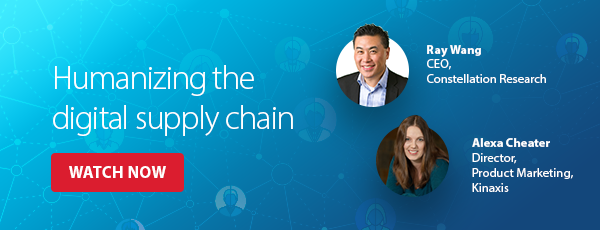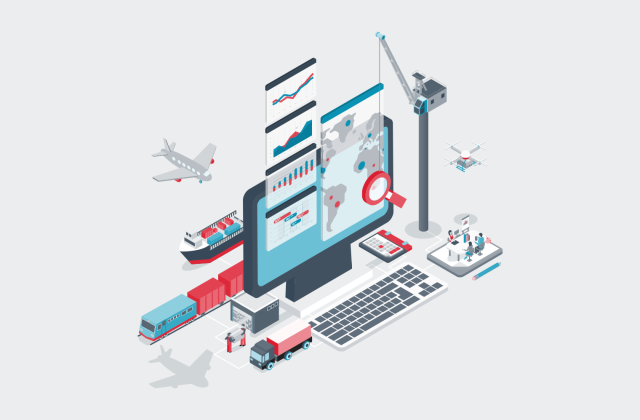Let’s face it. Supply chains are smack in the middle of one of the most transformative phases in recent history. Spurred on by the near constant state of global disruption and the accelerating rate of business, companies are desperate to get ahead of what’s coming next. That’s leading to a surge in plans to ditch Excel and digitally transform their supply chains, hoping advanced planning technology will help them cope in an age that demands new levels of agility and resiliency.
The reality is technology alone won’t lead them, or you, to long term success. That requires something far more valuable – people. For more than half of you, the single largest challenge you’ll face during your digital supply chain transformation is finding the right people with the right skills. Even if you’re lucky enough to find those people, or perhaps you think you already have them on your team, keeping them could be a lot harder than you expect, because as many of you may be painfully aware, the supply chain talent wars are all too real.
According to global recruitment firm Hayes, 59% of supply chain professionals in the UK and an astounding 77% of supply chain professionals in the US are considering leaving their jobs this year. How detrimental to your business would it be to have more than three quarters of your supply chain workforce turnover before the calendar rolls over to 2023? It doesn’t take an HR expert to understand the catastrophic impact that would have.
So how do you combine digital transformation with finding and keeping top supply chain talent? The answer lies in humanizing your digital supply chain. What exactly does that mean? I had the opportunity to recently speak with the founder of Constellation Research Inc. and best-selling author of Disrupting Digital Business Ray Wang to find out. Here are the top three highlights from our conversation:
1. Digital supply chains must be built to empower people, not replace them.
Too many organizations get caught up in the hype of fancy new technology like AI and machine learning. AI is not a magic bullet that will save your supply chain. But using it to ease the burden of stressed out and overworked planners might. Using AI in conjunction with digital process automation to eliminate tedious, manual, repetitive tasks frees up time so planners can focus on high impact activities. The result is happier planners that are bringing more value to your business.
2. Change management is the hardest thing to get right, but also the most important.
When it comes to digital transformations, there’s no such thing as too big to fail. No matter how great the technology you choose to implement is, if people won’t use it, the project dies. End of a very costly story. A good change management strategy comes from the top, with leaders who are committed to success, but is driven from the bottom, with everyday users who are championing the change across their peer group.
3. It’s not about age. It’s about attitude.
There’s validity to the concept of diversity of thought. Innovative ideas really can come from anyone – even that new junior person you just hired. Or that close-to-retirement person next to you. Younger team members bring experience with technology. They grew up in the digital world. Listen to their advice on what works and what doesn’t. More senior team members are the historians of your company’s supply chain. They managed through more than one disruptive crisis. Learn from the lessons of the past they can share. In the end, when it comes to the right people, it’s not about age. It’s about attitude.
Want more insights on how to humanize your digital supply chain? Check out the recording of my conversation with Ray to learn more about how to put people first in your digital supply chain transformation strategy, and what skills you and your team need to survive and thrive in the digital age.
Additional Resources
- Supply chain transformation frequently asked questions






